[ad_1]
Image this: You see a crowd milling about, entertained by a personality taking part in a musical instrument, all whereas one other get together member pickpockets them. Dastardly, proper? In one other occasion, you would possibly whisper candy nothings to a companion, solely to sleep with another person so you may break your different companion’s coronary heart. Sounds vile, no? Certainly, Baldur’s Gate 3 provides many alternatives for misdeeds and normal assholery. Sadly, it additionally fails to ship on a purely evil expertise, at the least one the place you are not severely punished.
Do not get me mistaken: Baldur’s Gate 3 is an incredible game–the reactivity and a number of outcomes are overwhelming and spectacular. Properly-written dialogue, character personalities, and memorable quests stored me engaged for roughly 270 hours, from early entry till the current.
Though I did begin out as an evil character (through the Dark Urge origin), I approached the marketing campaign as a redemption arc of kinds. With numerous backups for save-scumming, I used to be in a position to examine totally different outcomes based mostly on key choices all through the marketing campaign. That is once I realized how being purely evil in Baldur’s Gate 3 didn’t simply imply coping with the harsher penalties of my actions, but in addition how there’s little or no to realize in return. In impact, what might’ve been an attention-grabbing or compelling role-playing hook results in a fairly unrewarding conclusion. Additionally, it goes with out saying that this text comprises main spoilers.
How Baldur’s Gate 3 fails at delivering a purely evil expertise
An absence of evil characters
The primary issue to contemplate is how Baldur’s Gate 3 lacks characters of an evil alignment. Karlach, who was imprisoned and tortured within the hells for a decade, has a bubbly persona that encourages you to be good to other people. The identical could be mentioned for Wyll who, though pact-bound through demonic forces, nonetheless desires to do heroic deeds. Likewise, there’s Halsin, who desires you to guard nature and innocents.
You’ve got additionally received Shadowheart who, regardless of being secretive and pragmatic, tends to be compassionate. Gale, in the meantime, is extra impartial, although you acquire approval for doing good deeds. As for Lae’zel, she could be boastful and abrasive, however doesn’t act on evil motivations. In the long run, the one one that really suits the invoice is Astarion, who scoffs at kind-hearted acts because of his previous.
As such, the companion approval system is much less of a balancing act between good and evil, and extra of simply bringing folks with like-minded views, whereas leaving the others in your camp. That is why I hardly ever used Lae’zel and Astarion in my playthrough, since they had been usually at odds with different get together members. This additionally extends to yet one more companion: the drow paladin Minthara.
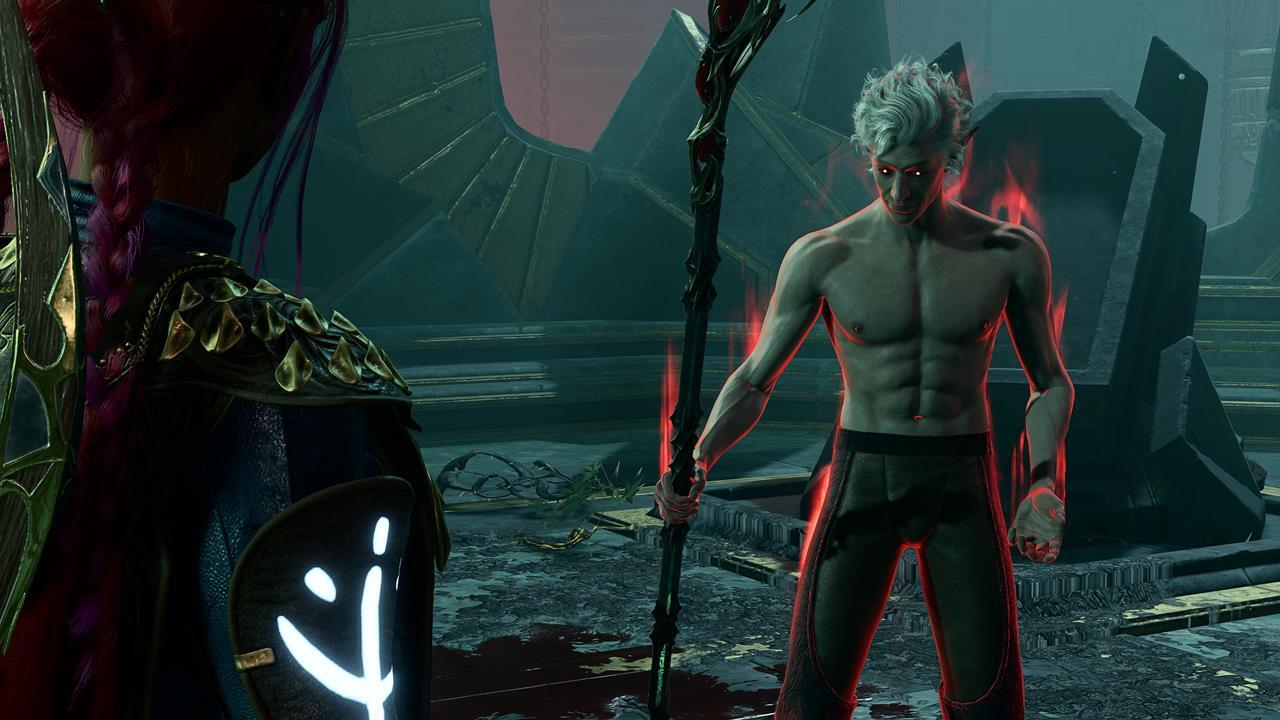
The Minthara choice
An Act 1 dilemma means that you can aspect with Minthara’s goblin military towards the tieflings and druids. This could trigger numerous innocents to be massacred within the identify of the Absolute. Coincidentally, this additionally results in the Minthara romance. This, too, is among the first few evil actions with long-term penalties.
I stored a backup save the place I took Minthara’s aspect. The outcomes:
- Karlach and Wyll left my get together endlessly.
- Halsin not plans on serving to the group.
The Minthara choice meant that I might lose entry to 3 companions, all of whom had full-fledged quests and interactions. Consequently, you forgo the choices to romance Karlach or Halsin, the latter of which is a polyamorous choice within the marketing campaign. Talking of romances, the Mizora romance would possibly not be obtainable, on condition that Wyll has left my squad. That will prolong to Wyll’s arc, corresponding to saving his father or finishing the Legend of Ansur. There could be alternatives to sort out these targets later, however I really feel that they’d be moot, contemplating that the particular person with that individual narrative arc is not round.
Is committing an atrocity simply to realize one companion, solely to lose three others, value it? I undoubtedly do not assume so. Though I did not progress additional utilizing that backup save, I’ve seen other players criticizing Minthara’s lack of development within the later phases of the marketing campaign. Sure subjects on Reddit have customers expressing their disappointments, in addition to sharing their findings, after reaching Act 3 with Minthara in tow.
Nonetheless, there appears to be a option to recruit Minthara, whereas additionally guaranteeing that the opposite companions do not depart, at the least based mostly on this Reddit post from consumer Milkhemet_Melekh. I personally have not tried that–it appears that you must skip a pivotal part of the sport simply to set off her look later. If a workaround is extra gamey than standard, then I would say the fault lies in how the character was conceived and included.
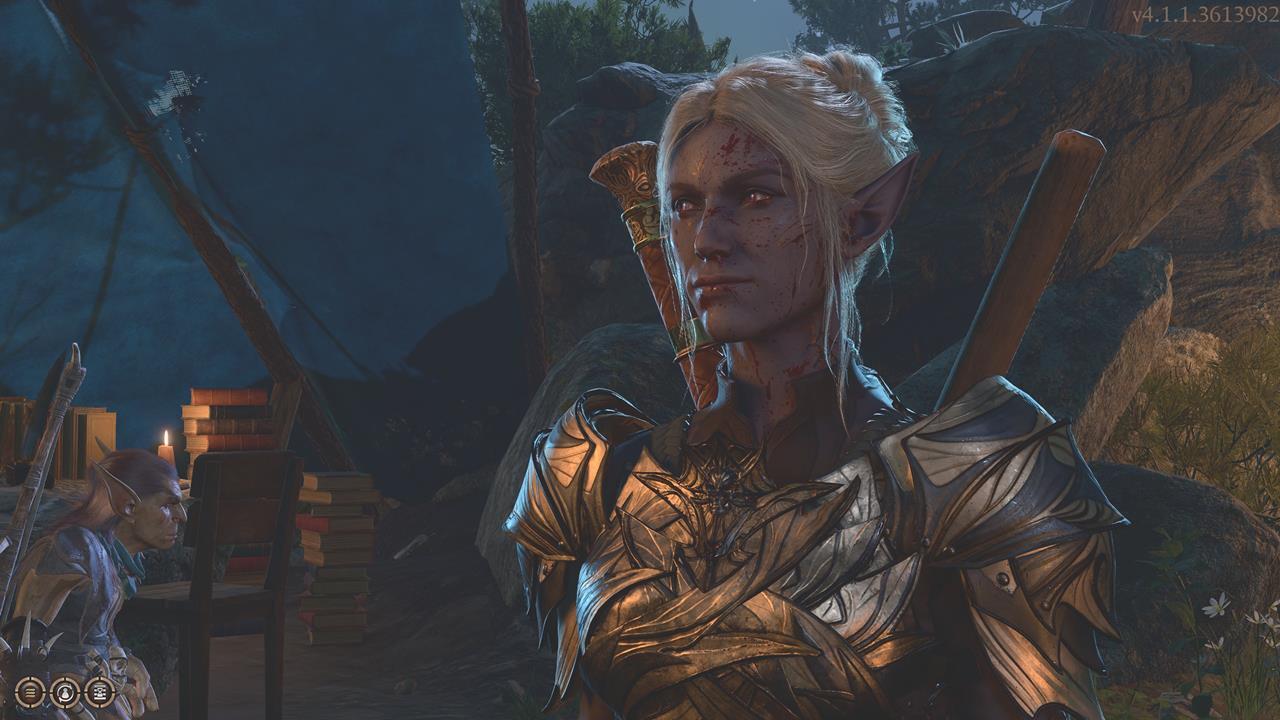
Maintaining Isobel and Nightsong alive
Leaping forward to Act 2, we see how Baldur’s Gate 3 falters with regards to delivering a purely evil expertise. There are a few essential choices that it is advisable make. The primary is tips on how to cope with Isobel, the cleric who retains Final Mild Inn shielded through a protecting barrier. The second is the aasimar daughter of Selune, Dame Aylin, often known as the Nightsong.
In our Nightsong guide, I detailed the varied outcomes which you could count on. Probably the most notable is how Shadowheart killing Nightsong causes the barrier to dissipate totally (the identical additionally occurs if you happen to homicide Isobel). Everybody in Final Mild Inn will get massacred. This causes fairly a predicament:
- If Dammon the blacksmith dies, I would not have the ability to give him Infernal Iron for Karlach’s quest and romance.
- If Artwork Cullagh dies and I wasn’t in a position to awaken him, which may break Halsin’s quest chain, in addition to his subsequent recruitment and romance.
- Jaheira, a returning companion from the earlier video games, can even die.
- Jaheira’s loss of life might stop me from recruiting yet one more returning companion, Minsc, in Act 3.
- There could also be a separate department the place Shadowheart passes a troublesome faith examine to dedicate herself totally to Shar’s trigger, all with out killing Nightsong, however I’ve but to verify that.
On this case, a single heinous choice has the potential to damage your playthrough. What do you get for it? Properly, Shadowheart totally embraces Shar’s teachings to turn out to be a Darkish Justiciar. Finally, this culminates in Shadowheart coming into the House of Grief to overthrow Viconia DeVir (one other companion from the earlier video games). Once more, the query arises: is that this one end result value shedding all different potential companions and quests?
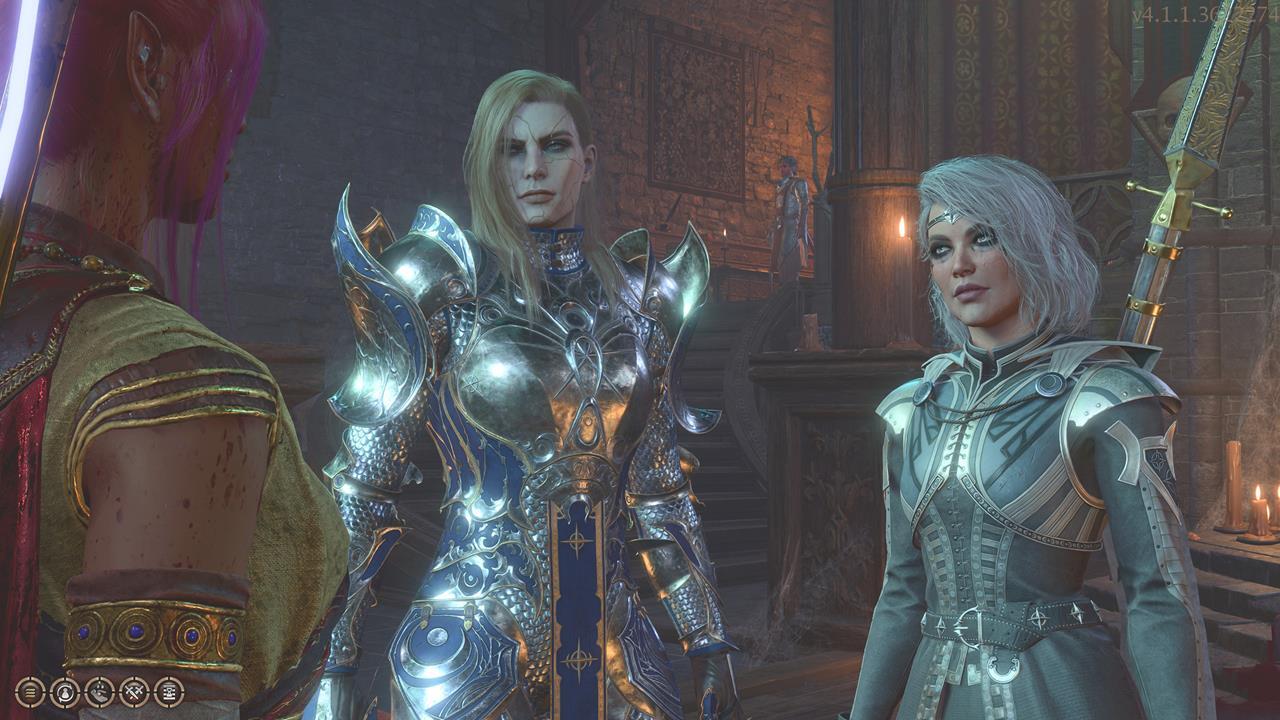
Bhaal worship and the Darkish Urge
So far as being evil in Baldur’s Gate 3 goes, nothing can evaluate to a Dark Urge playthrough, and I encourage everybody to strive it for a future marketing campaign. In it, your character is possessed by a murderous rage, which causes them to be intent on killing, maiming, and burning something and everything–very “Blood for the Blood God” model, if you’ll. It results in extraordinarily gory scenes, and a few disastrous penalties, all within the identify of Bhaal.
Nonetheless, regardless of how a lot reward I heap upon the Darkish Urge’s storyline, I additionally imagine that purely evil gamers get the quick finish of the stick right here. Certainly, I would go as far as to state that Darkish Urge is greatest performed as a redemption arc: you start the marketing campaign as an evil character, then you definately slowly break freed from Bhaal’s management, making for the most effective examples of character growth I’ve ever witnessed in a sport. After a fateful choice, my character was immediately killed by Bhaal, and I believed that was a sport over. Out of the blue, Withers, the identical hooded skeleton who provides class respec companies, seems. After explaining that I had confronted down the god of homicide, a deed worthy of the heroes of legend, my character was reborn with out the Bhaalspawn curse.
Sadly, the identical cannot be mentioned if I totally tread down a darker path:
- Killing Gale means shedding a robust Wizard.
- Murdering Isobel causes the annihilation of everybody in Final Mild Inn, with all the issues cited earlier.
- Slaying your lover signifies that you simply wasted all that point romancing them.
- Failing a roll after killing your lover will trigger all companions to show hostile, probably resulting in a sport over.
- Accepting Bhaal’s presents after the Murder Tribunal and Orin the Red boss fight will trigger Jaheira and Minsc to show hostile, which is becoming on condition that they did battle the Bhaalspawn in a earlier sport. Sadly, that additionally means you must take them out.
What do you get in return? Properly, you may flip into your Slayer kind as early as Act 2. Sadly, it pales compared to an earlier reward, the Deathstalker Mantle, which makes full and whole submission to Bhaal pointless.
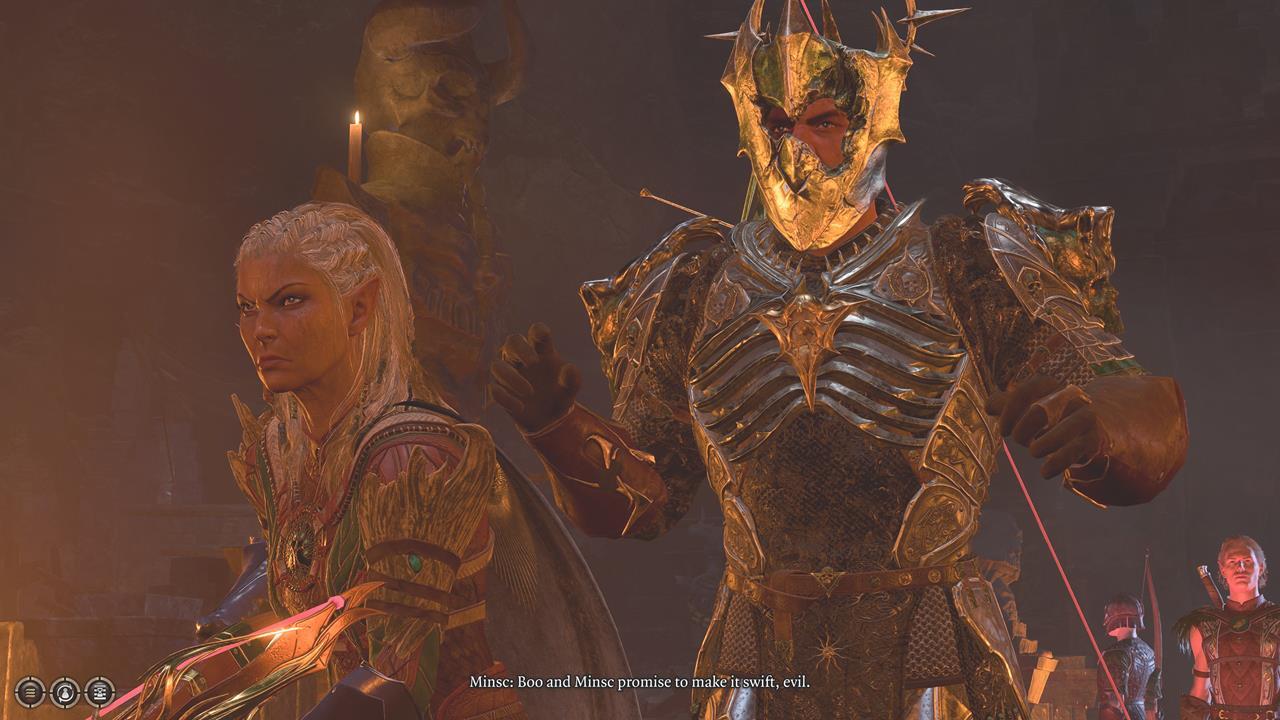
Dominating the Netherbrain and turning into the Absolute
Talking of Bhaal worship, the evil endings are comparatively weaker and unsatisfying in comparison with the great ending. Must you determine to dominate the Netherbrain, your character will kill their Illithid ally, whereas thoughts controlling different companions.
So far as I can inform, the one distinction between a normal evil ending and one the place you embrace Bhaal totally is a single line of dialogue–“In my identify” or “In Bhaal’s identify,” respectively.
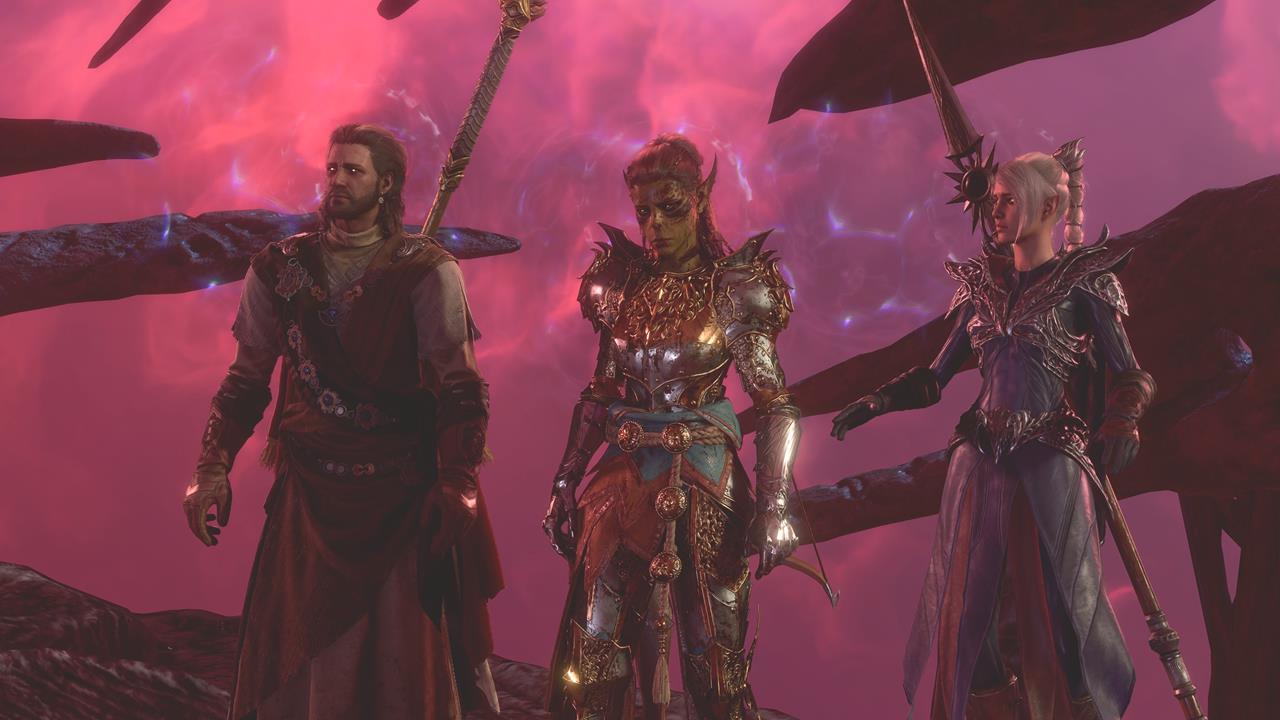
How different video games cope with the morality system
Many video games have handled a morality system–good versus evil alignments–far higher than Baldur’s Gate 3. “Higher,” on this case, is not essentially concerning the writing or storyline. Reasonably, it is extra on role-playing as a vile and morally corrupt particular person, and but nonetheless having outcomes that do not punish you severely.
For example, Star Wars: Knights of the Old Republic has the Mild vs. Darkish Facet alignment, the place you may slowly nudge your companions down a path the extra they see your actions. Likewise, the Mass Effect collection makes use of this with the Paragon vs. Renegade mechanic. Then, there’s Tyranny, which is all about being evil, albeit simply totally different flavors and levels of wickedness.
Maybe the very best instance I’ve seen is in Pathfinder: Wrath of the Righteous, which, coincidentally, stems from a tabletop sport that used a modified model of Dungeons & Dragons’ methods. In Pathfinder: Wrath of the Righteous, you get to select from varied Mythic Paths with their very own alignments. These additionally embrace new transformations and talents, corresponding to turning right into a Satan or a Demon, in addition to game-changing options.
A choice to turn out to be a Lich would imply elevating sure NPCs from the lifeless to make them your thralls. In the meantime, the Swarm-That-Walks foregoes companions, because you flip right into a hive thoughts of all-consuming locusts. The selections and dilemmas incorporate totally different components to offset what you would be lacking when happening the purely evil path–it is participant company with out essentially sacrificing a full and fruitful expertise.
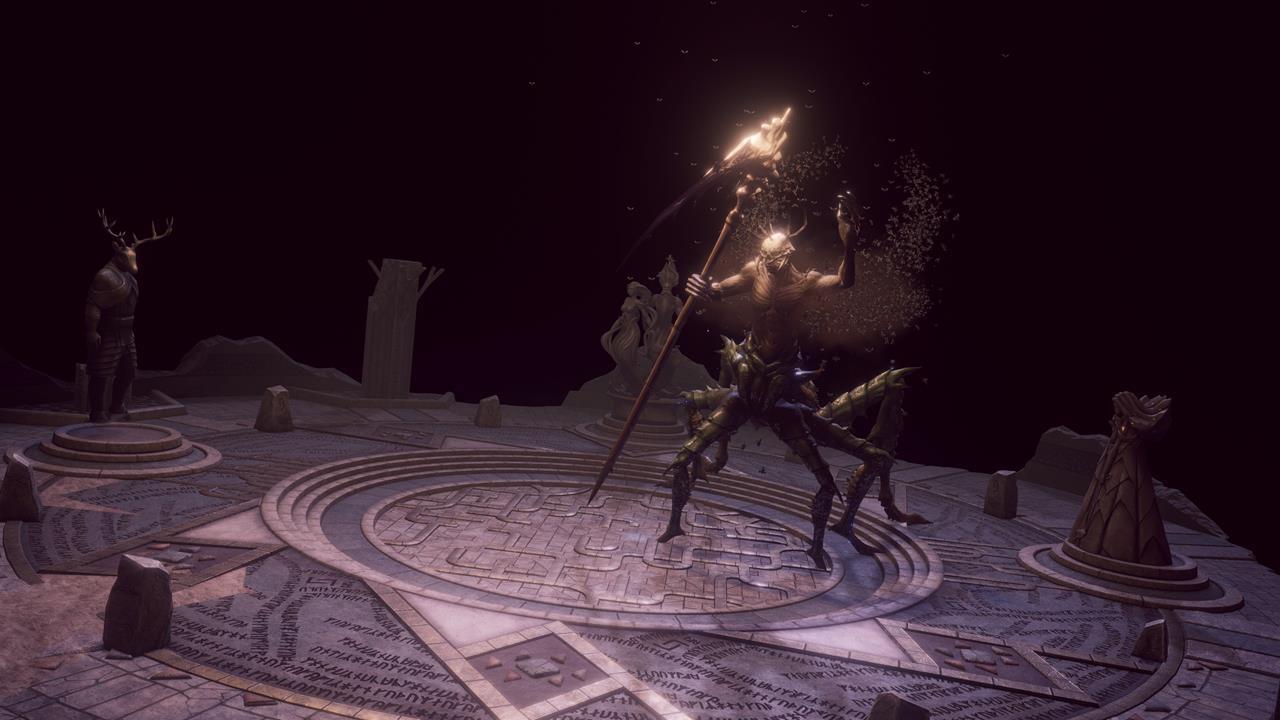
Once more, all these criticisms do not imply that Baldur’s Gate 3 is a foul sport. It is downright superb, and it is value trying out. General, although, I would advise you to err on the aspect of warning when making in-game choices for role-playing functions. Being evil could be punishing, or depart a fairly empty feeling to the expertise, as evidenced by the examples I’ve outlined. You will probably retain Minthara, Astarion, Gale, Lae’zel, and Shadowheart (Darkish Justiciar), however you might additionally doubtlessly lose 5 others–Karlach, Wyll, Halsin, Jaheira, and Minsc–and all of the banter and interactions that they carry.
As of now, if you wish to really expertise the size and breadth of Baldur’s Gate 3, you are higher off taking a neutral-to-good path, with a little bit of maliciousness and deceitfulness blended in, however by no means as a full-blown villain. To go the purely evil route in Baldur’s Gate 3 would imply a singular role-playing expertise, however it comes on the expense of lacking out on an amazing chunk of what the sport has to supply.
The merchandise mentioned right here had been independently chosen by our editors.
GameSpot could get a share of the income if you happen to purchase something featured on our website.
[ad_2]
Source link

